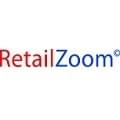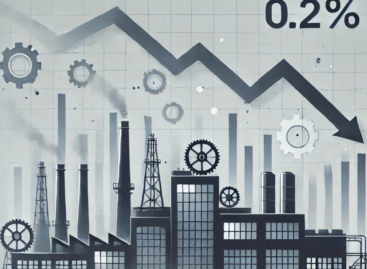Hungarian-owned retail chains: adjustment period after the 54% inflation
Many of us thought that we would be able to take a breather post pandemic, however, the 54% retail inflation in Hungary has proved us wrong. So, what is fuelling these record-breaking numbers? 2022 brought a ground war in Europe, rocketing fuel and energy prices, rapidly rising operation costs, labour shortages, supply chain disruptions, currency deflation and a cost-of-living crisis, all leading to both manufacturers and retailers raising their prices.


Guest writer:
Andreas Christou
managing director
RetailZoom
Meanwhile the average price increase was 25.1%. This simple statistical indicator only considers total sales divided by basket numbers, which gives you the average price of a product that you than compare to previous year. As such, it does not reflect very important factors such as promotions, pack size, volume changes, innovations, and many other factors, consequently it does not show a like-for-like comparison at product level.
So how did we calculate this 54%? RetailZoom in Hungary receives daily transactional data from more than 4,000 stores, and this enables us to isolate products (SKUs) that were available for 2 years in a row and exclude all the previously mentioned factors. Thus when “zooming” at the “like-for-like” price change of the qualified 19,000 SKUs separately, it becomes crystal clear that the Absolute Price Change is 54%.
The question is how did the consumers adjust to these drastic changes? When looking at the “price vs. price” chart, we can see there is a scissor affect as the average price vs. real price gap widens. This is because shoppers adjust to the real price changes in several ways, such as buying fewer SKUs, buying cheaper products by either switching to cheaper brands or private labels, becoming promotion sensitive, going after volume deals, or often finding substitutions for the products they would buy.
The biggest worry and the number one aspect in 2023 will be price alone. Everything else such as proximity, convenience, atmosphere, product range will be secondary. Why do we say this? Our data from the 4,000 stores show that 61% of the baskets contained price capped products, and if we pair these with promoted items then 83% of the baskets contained both price capped products and promoted products. Due to this, the average basket size declined for the first time in 5 years, from HUF 4,732 on average visit to HUF 4,356.
Private labels grew by 101% in sales, thus doubling their importance in domestic chains from last year’s 5.5% to 11%, not only that, but with a very limited assortment range, private labels often have less than 10% of the portfolio number, but represent 2-3 times the value sales of average SKU sales and even more in unit sales, despite an above average 61% real price increase. So how can brick and mortar retailers keep their edge and grow? Efficiency and loyalty will be king. //
This article is available for reading in Trade magazin 2023.2-3.
Related news
Misconception that only Generation Z lives on TikTok – the average age of Hungarian users is 38 years old
Social media has become an indispensable part of every generation’s…
Read more >They want it to be premium, but also sustainable – expectations of the youngest generation
GlobalData’s latest report, “Demographics in Retail and Apparel” – which…
Read more >Famous YouTube star donated the entire stock of an Edeka store in Berlin to those in need
MrBeast, one of the world’s most famous YouTube stars, has…
Read more >Related news
Recognition of Consumer Protection Excellence: Honoring the Best of 2024
This year’s outstanding consumer protection officers and special award recipients…
Read more >The Joy of Giving! – SPAR stores collect non-perishable food for people in need
The Hungarian Maltese Charity Service and SPAR Hungary have launched…
Read more >KSH: industrial production decreased by 0.2 percent in October
In October, the volume of industrial production fell by 0.2…
Read more >








